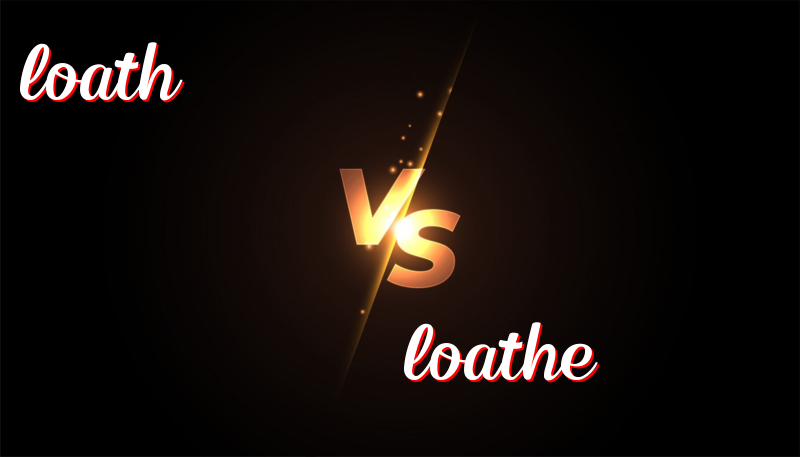Understanding the Difference Between Loath and Loathe
Loath vs. Loathe
The words “loath” and “loathe” look and sound similar, but they have different meanings and uses. Let’s learn about their history, how to use them, and a trick to remember the difference.
History
Both “loath” and “loathe” come from old English words.
– Loath: Comes from “láð,” which means hostile.
– Loathe: Comes from “látian,” which means to hate.
How to Use Them
Loath
“Loath” is an adjective. It means not wanting to do something.
Loathe
“Loathe” is a verb. It means to dislike something very much or to hate.
Trick to Remember the Difference
Remember: “Loath” has fewer letters like “adj” in “adjective.” “Loathe” has more letters like “verb,” which is a longer word.
Example Sentences
Loath
- I am loath to leave my warm bed in the morning.
- The cat is loath to go outside in the rain.
- She is loath to share her secrets with everyone.
- He was loath to admit that he was wrong.
- They are loath to try new foods.
Loathe
- I loathe eating broccoli.
- She loathes waking up early.
- He loathes doing homework on weekends.
- The dog loathes taking a bath.
- They loathe cleaning up after a big party.
Summary
In short, “loath” is an adjective meaning unwilling or not wanting to do something. “Loathe” is a verb, which means to hate something or to dislike it very much. Remember the letter count trick to help you use them correctly!

Leave a Reply
You must be logged in to post a comment.